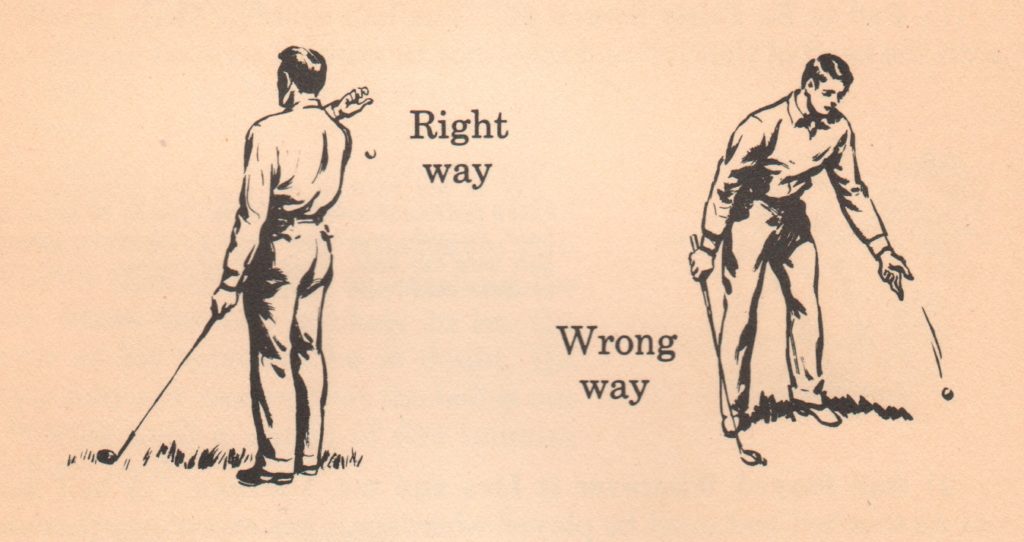
unenviably I have a little essay on the New Yorker’s website about golf’s new rules. A new rule I didn’t mention is the one about taking drops. Like the new rules about what used to be called hazards but are now called penalty areas, it seems to address a rules-committee disagreement rather than a golf problem.
http://thebeginningfarmer.com/quality-pasture-chapter-14-book-report/ When the Gentlemen Golfers of Leith, in 1744, hit balls “among watter, or any wattery filth,” they were allowed to remove the balls, at the cost of a stroke, and tee them up behind the hazard (using little mounds of dirt—not wooden pegs, which hadn’t been invented yet). A decade later, the Society of St. Andrews Golfers required that such balls be thrown behind the hazard, “six yards at least.” In 1776, the Edinburgh Burgess Golfing Society stipulated that the throw be made “over your head, behind the water,” and in 1809 the competing Honourable Company of Edinburgh Golfers replaced throwing with dropping. In subsequent years, dropping over the head evolved into dropping over the shoulder, and it stayed that way until 1984, when the U.S.G.A. and the R. & A. first allowed golfers to aim their drops, by making them at arm’s length from shoulder height. There was discussion, while the current revisions were being weighed, about allowing golfers to drop balls from as little as an inch or two above the ground; the rule as adopted requires that balls be dropped from the height of the knee—a compromise whose only real effect is to demonstrate that a compromise was reached. The simplest solution would have been to allow players to do what they’ve long been required to do in certain relief situations: to simply place their ball on the ground.

Placing the ball on the ground IMHO is a far better option than where we are today. The ankle drop is odd, to say the least.
Good to see you back posting
John
sv18af